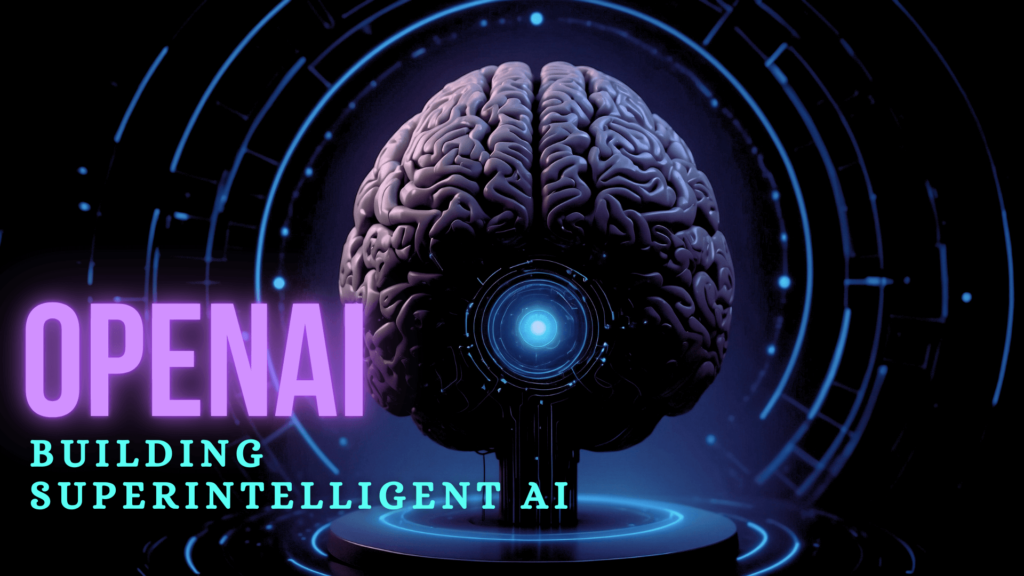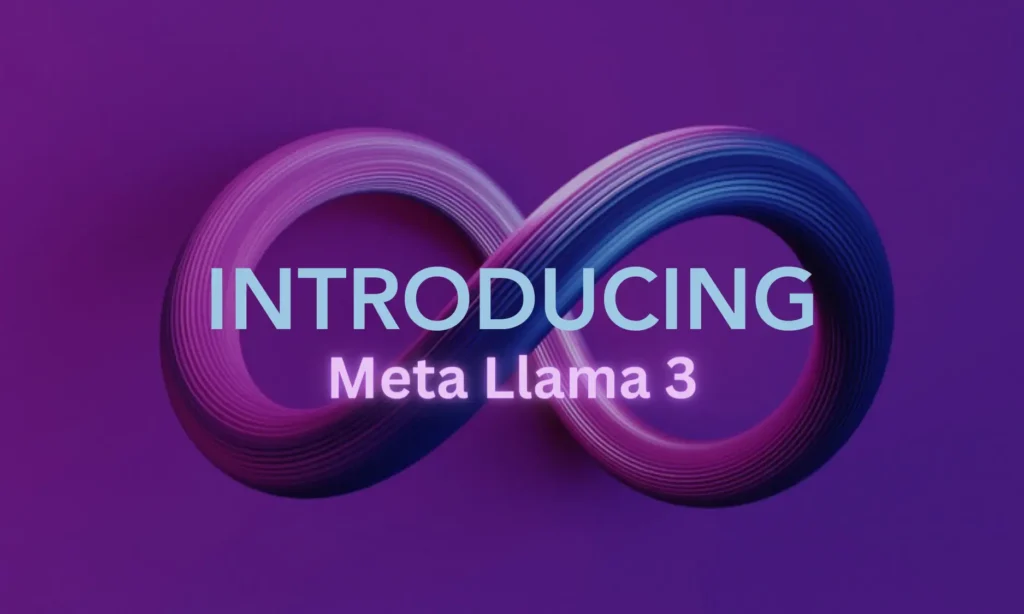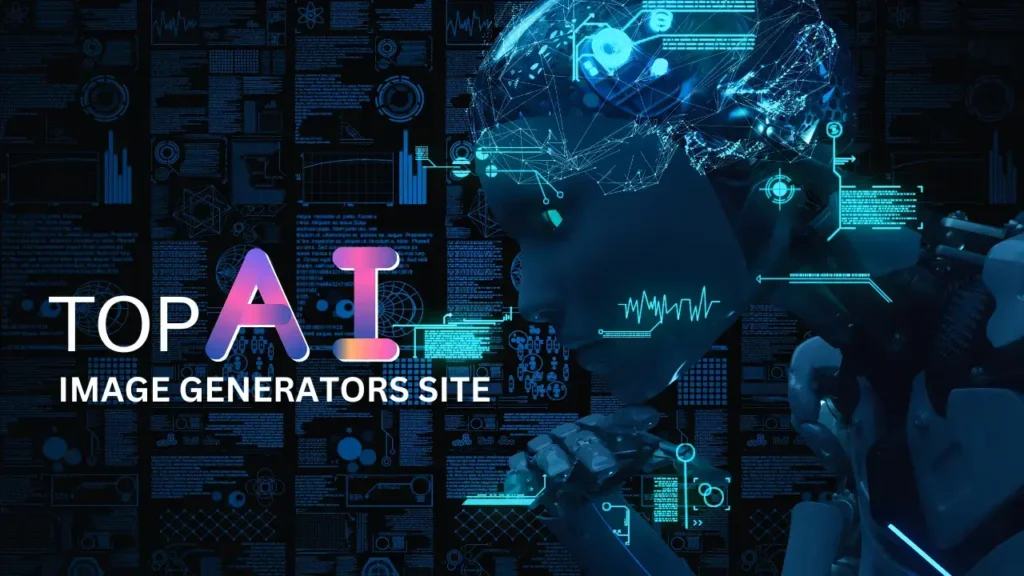Hey AI enthusiasts! Feeling curious about the journey to Artificial General Intelligence (AGI)? You’re not alone. OpenAI, the brains behind ChatGPT, has become one of the most important AI companies, with their models used by tech giants like Apple and Microsoft. But they have an even bigger goal in mind: creating superintelligent AI. Let’s explore OpenAI’s strategy to achieve AGI in a way that’s both exciting and easy to understand.
What is AGI?
First, let’s clarify what AGI actually is. Unlike regular AI, which excels at specific tasks (like playing chess or recognizing faces), AGI would have a broad, general understanding that allows it to outperform humans in virtually every task. Think about a digital polymath capable of debating philosophy, diagnosing illnesses, or even coming up with brilliant scientific theories. Sounds like science fiction, right? Well, OpenAI is trying to turn that fiction into reality.
Boost your productivity with Llama 3: Learn how to use Llama 3 to be 2x productive in our comprehensive guide here.
1. Chatbots: The Conversation Starters

OpenAI has already nailed the first step of their AGI roadmap. Let’s talk about chatbots. These AI models, like the ChatGPT you’re familiar with, can have natural, flowing conversations. They’re the friendliest AI models to date, capable of discussing a broad range of topics and responding relatively accurately to user questions.
If you’ve ever chatted with Siri or Alexa, you might notice they can feel a bit robotic. In contrast, ChatGPT and similar models like Google’s Gemini offer complex, multi-threaded conversations that feel a lot more natural. This is because these AI models are “conversational AI” – a significant leap forward from the chatbots of yesteryear.
2. Reasoners: The Problem Solvers
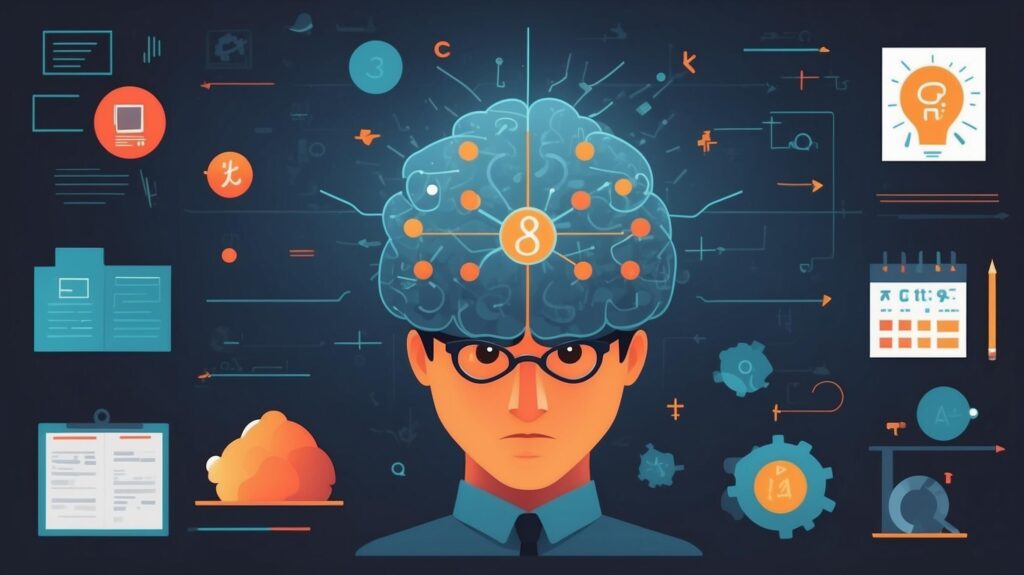
Here comes the exciting part: reasoners. These AI models aim to achieve human-level problem-solving skills across various fields. Imagine an AI that can solve complex mathematical equations, write insightful essays, and even solve intricate puzzles – just like a human with a PhD. According to OpenAI CTO Mira Murati, the next big step might come with GPT-5, expected to be as intelligent across a broad range of topics as a doctorate holder.
However, we’re currently just moving toward this stage. The upcoming models, like GPT-4.5, are expected to improve reasoning capabilities significantly but aren’t quite there yet.
3. Agents: The Independent Thinkers
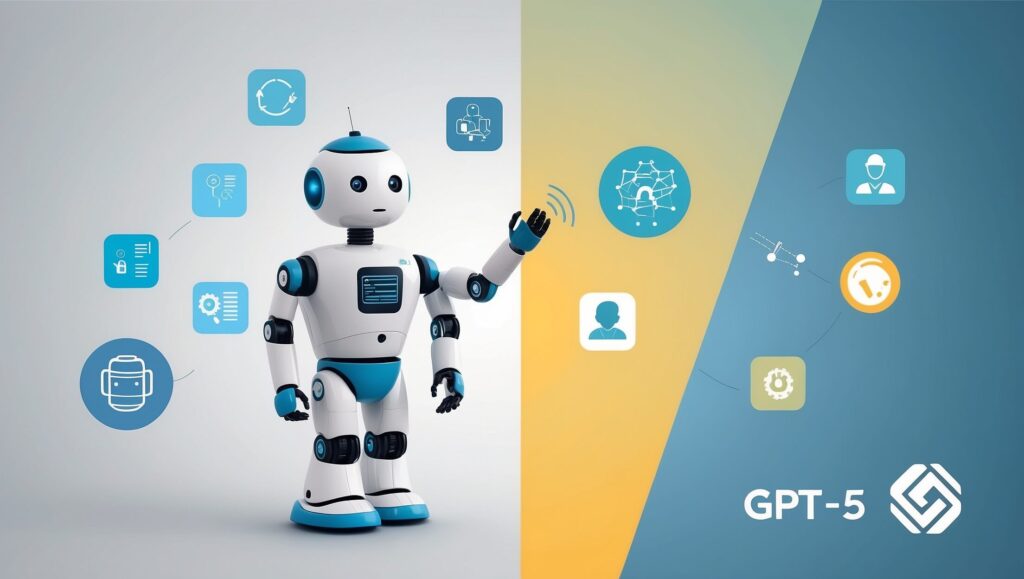
Level 3 is where AI moves from being reactive to proactive. Agents are AI systems capable of taking actions independently or based on human instructions. This is like having a super-smart virtual assistant that doesn’t just follow commands but can think and act on its own accord.
OpenAI CEO Sam Altman has hinted that GPT-5 might incorporate some agent-like features. Companies like Cognition are already testing agentic systems, but these still rely heavily on pre-existing models and specific prompting rather than true independent thinking.
4. Innovators: The Creative Geniuses

Level 4 is where AI systems start to contribute new knowledge to the world rather than regurgitating existing information. Imagine asking an AI to create a new language. Today, it might give you something like Esperanto – a mix of various languages. In the future, these AIs could create entirely new and functional languages from scratch.
OpenAI’s partnership with Los Alamos National Laboratory for AI-based bioscience research is a step in this direction. They aim to find safe and beneficial ways to use AI, paving the way for future innovations.
5. Organizations: The Operational Wizards
The final level of AGI is an AI that can run an entire organization by itself. This would mean having the intelligence and capabilities from all previous levels, plus the broad understanding required to manage everything from finance to HR to product development.
If achieved, this would mark the dawn of true AGI – a superintelligent AI capable of managing complex organizational tasks without any human intervention. Imagine a company run entirely by AI, making strategic decisions, managing projects, and even driving innovation.
Are We There Yet?
So, how close are we to achieving AGI? According to Altman, we might reach AGI within this decade. If that’s true, we could be on the brink of witnessing a revolution in how we interact with technology and conduct various aspects of our lives.
Currently, we’re somewhere between Levels 1 and 2. Models like GPT-4.5, expected later this year, and Claude Opus 3.5 from Anthropic could push us deeper into the realm of reasoners.
how Meta’s Llama 3 is revolutionizing the world of AI by checking out our detailed article here.
What Does This Mean for You?
As we progress through these levels, the impact on daily life will be immense. Imagine having an AI assistant capable of solving work-related problems, learning new skills, and even coming up with innovative ideas for your projects.
But the implications go beyond personal productivity. AGI could revolutionize fields like healthcare, scientific research, and education, providing personalized learning experiences and aiding in disease cures or climate change solutions.
Navigating the Road Ahead: Challenges and Opportunities
The path to AGI isn’t without its challenges. As AI becomes more advanced, ethical questions will arise. It’s crucial to develop these powerful systems responsibly. OpenAI’s partnership with research institutions aims to ensure that AI advancements are both safe and beneficial.
Wrap-Up: The Future is Bright
What do you think about AGI? Are you excited about the possibilities, or does it make you a bit wary? Either way, the future of AI is going to be transformative, and we’re all part of this incredible journey.
Stay curious, stay informed, and keep an eye out for the next big thing in AI. Whether it’s the release of GPT-5 or another breakthrough, the world of AI is evolving at an unprecedented pace, and it’s going to be an exhilarating ride.
FAQ
Is superintelligent AI possible?
Yes, superintelligent AI is considered possible by many experts. However, it requires significant advancements in machine learning, computational power, and safety measures. OpenAI and other research organizations are actively working towards this goal.
How does AI work in OpenAI?
AI in OpenAI operates through deep learning algorithms, neural networks, and large-scale datasets. Models like GPT-4 are trained on diverse data to understand and generate human-like text, making them capable of natural language understanding, problem-solving, and more.

